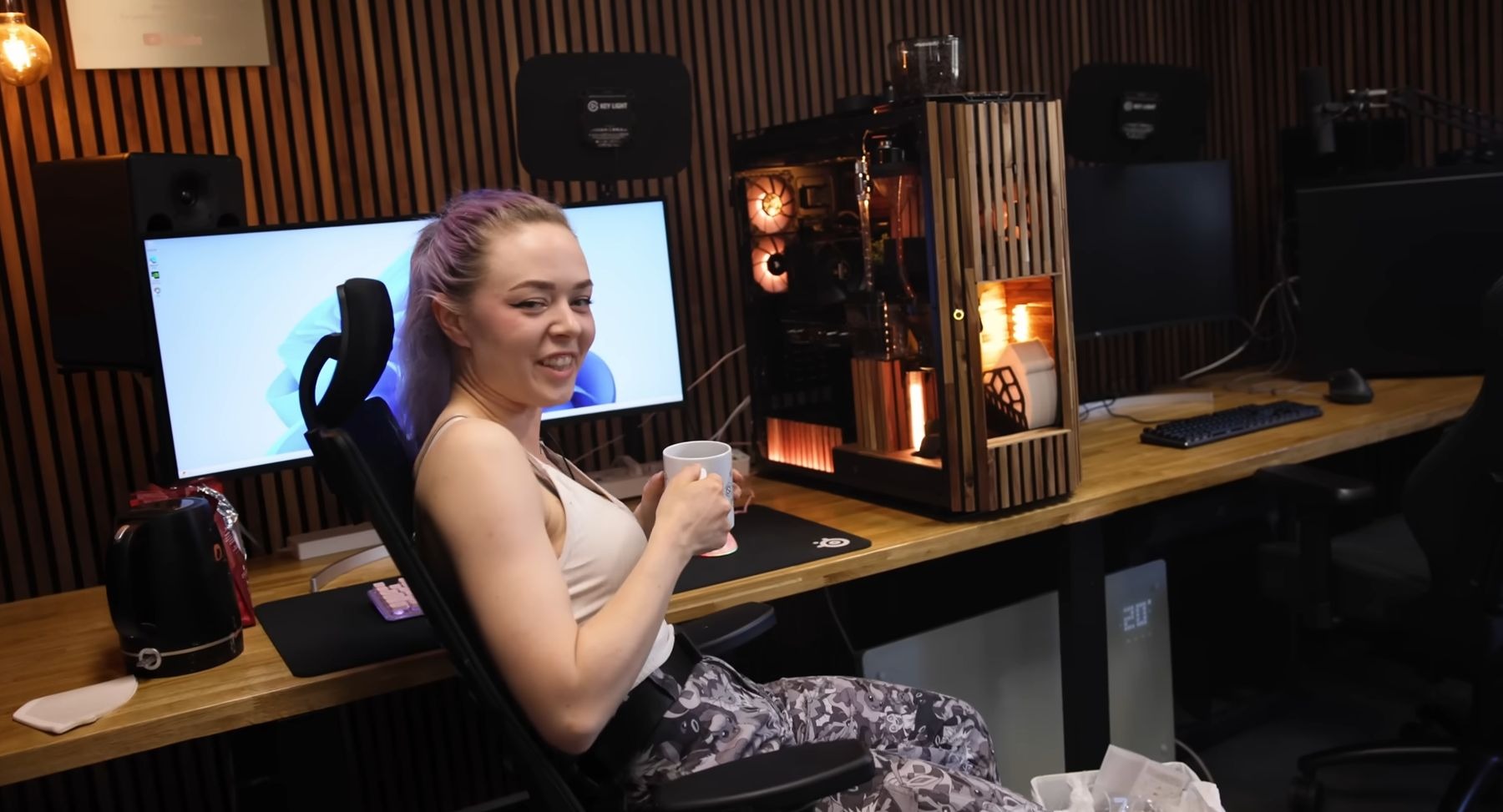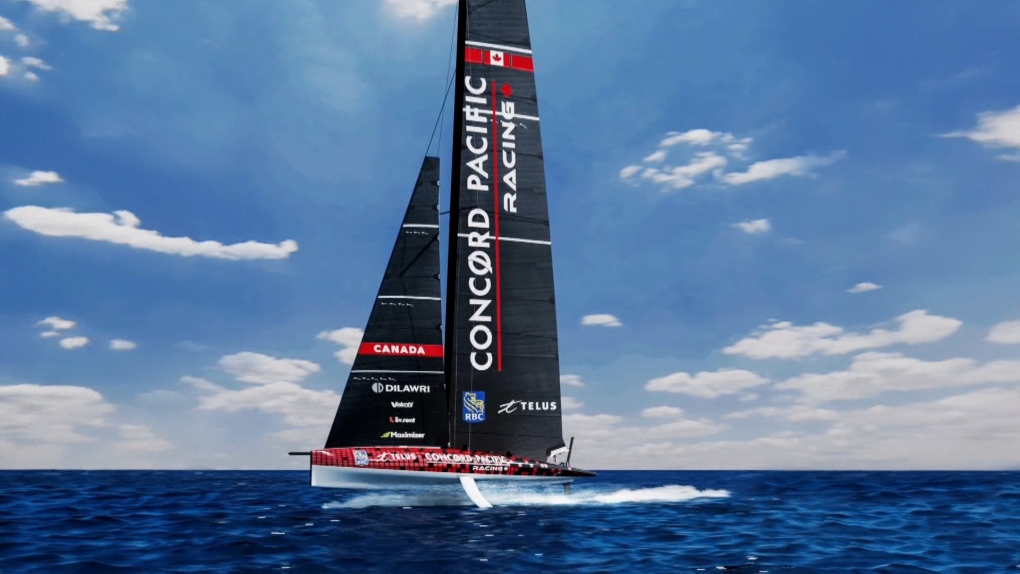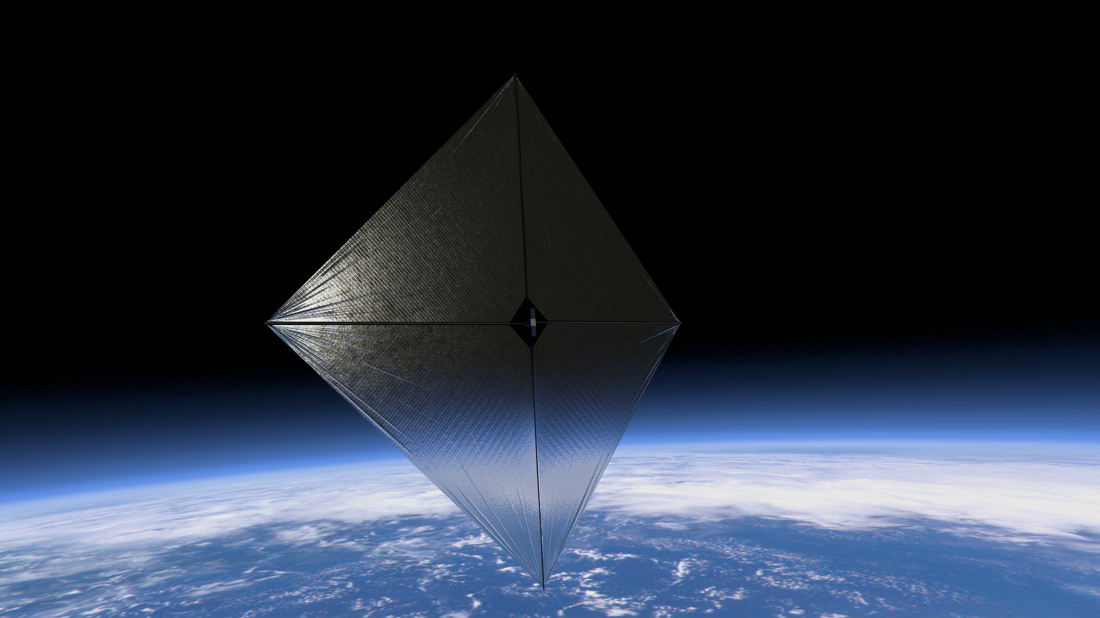A group of scientists came up with a crazy idea to visit Proxima Centauri, the star closest to us. All this without risking human lives – or taking tens of thousands of years to travel a distance of 4.25 light years or 40 trillion kilometres.
By comparison, NASA's Voyager 1 spacecraft has traveled “only” 24 billion kilometers since its launch nearly half a century ago, according to NASA. Futurism.
Instead of cramming astronauts into a tight space, a team led by Marshall Eubanks, a senior researcher at emerging space initiatives, proposes sending an entire swarm of small spacecraft that use photons emitted from lasers for propulsion, writes The universe today. It's a great idea and as inspiring as it is wonderful. And now NASA is backing them too.
The concept was recently selected for the first phase of NASA's Innovative Advanced Concepts program this year, which has provided a platform and some funding for other deep space concepts.
Can NASA solve the problem?
Of course, rockets are a common means of rapid transportation. Rockets work by projecting a substance, usually a hot gas, with the momentum of the material moving backwards equal to the momentum of the vehicle increasing forward speed. The problem is that we don't have the technology or the energy source to launch that much material at 60,000 kilometers per second, so rockets don't work.
Instead, the team is investigating the possibility of using light sail, a form of propulsion that uses forces exerted by photons instead.
However, the propulsion from photons alone would be “weak,” Eubanks explained, which means
The mass of the tentacles must be very small. It's about grams, not tons.
To give the swarm an even bigger boost, scientists want to use a 100-gigawatt laser to shine more light onto these sails. However, it is not surprising that developing such a system would take a long time. According to the team, the concept could be ready within a few decades to reach the star sometime after 2075.
“We want to look for biological or even technological signals, so it would be good to be able to get the probes very close to the planet to get good images and spectra of the surface and atmosphere,” Eubanks explained.
“This will be difficult for the probe because we don't know exactly where the planet will be in more than 24 years. If we send a bunch of probes, at least some of them should get close to the planet, and that's how we get the close-up picture we want.”
Worth reading:























![Fera: The Sundered Tribes will also be released on consoles [VIDEO]](https://thegeek.hu/wp-content/uploads/sites/2/2024/05/thegeek-Fera-The-Sundered-Tribes-1.jpg)

















